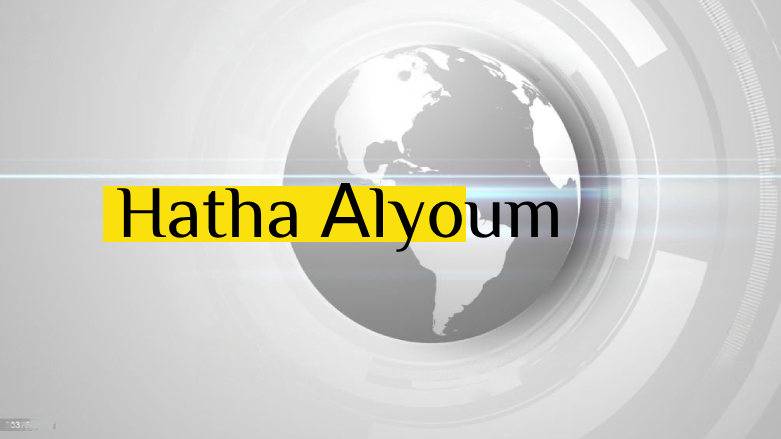Why Joe Biden is ending America’s combat mission in Iraq

WHEN THE first American bombs began falling on Iraq on March 19th 2003, President George W. Bush predicted a hard slog. “A campaign on the harsh terrain of a nation as large as California could be longer and more difficult than some predict,” he warned. “And helping Iraqis achieve a united, stable and free country will require our sustained commitment.” Yet even he might not have imagined that American combat soldiers would remain in Iraq 18 years later, fathers and sons serving in the same war.
That era is now drawing to a symbolic close. On July 26th President Joe Biden said that the American combat mission in Iraq would conclude by the end of the year. The wind-down—just as American is also withdrawing from Afghanistan—comes nearly a decade after Barack Obama withdrew troops from Iraq, only to rush them back in 2014 after the Islamic State (IS, also known as ISIS) group blitzed through Iraqi cities, relishing in especially gory acts. In the years that followed, American intelligence, special forces and air strikes enabled Iraqi troops, Kurdish fighters and Iran-backed militia to dismantle the border-straddling “caliphate” that IS had created in Iraq and Syria.
The jihadists are down, but not out. A UN report published on July 21st warned that it had turned back into an “entrenched insurgency”, capable of attacking Baghdad and threatening the road links between key provinces. Yet Iraqi politicians of all stripes were outraged last year by American air strikes ordered by Donald Trump against Qassem Suleimani, a senior Iranian general visiting Iraq, and on militia leaders. Iraq’s parliament called for the departure of foreign troops.
In fact, America is not really leaving. Mr Biden, mindful of the Iraqi government’s near-collapse in 2014, says that Americans will continue to train and advise Iraqi troops, and “to deal with ISIS as it arises”. Most of the 2,500 American troops in Iraq will thus stay there, their mission largely unchanged—few, apart from special forces, have seen real action in the past year anyway.
The contrast with Afghanistan is stark. Mr Biden announced a more thorough withdrawal from that country in April, barring a few hundred troops to guard the embassy in Kabul. That process is nearly complete, and has been accompanied by significant Taliban advances. The difference in approach largely reflects the distinct threats posed by the two groups. Though the Taliban remain close to al-Qaeda, their own ambitions lie within Afghanistan; IS loyalists have mounted attacks and built franchises around the world.
The end of America’s combat mission in Iraq and the withdrawal from Afghanistan represent the start of a larger transformation in America’s posture in the broader Middle East. America first established larger bases in the Middle East in the 1990s, as part of its effort to contain both revolutionary Iran and Saddam Hussein’s Iraq. That presence sprawled in scope and ballooned in size after the attacks of September 11th 2001, as the Bush administration sought to remake the Middle East. In their own ways, Mr Obama, Mr Trump and now Mr Biden have all sought ways to wind down America’s long wars.
“There's a working hypothesis that after 20 years of counter-terrorism and counter-insurgency, in Afghanistan and Iraq, that we're probably over-invested in the Middle East,” says Michèle Flournoy, a former Pentagon official and once a leading candidate to be Mr Biden’s defence secretary. “Despite discussions of prioritising the Asia-Pacific, we haven't actually shifted all that much of our weight in that direction,” she adds.
The vast Al-Udeid air base, built in southern Qatar at the cost of more than $1bn in 1996, actually expanded in the Trump years. It is thought still to house more than 10,000 American troops, part of a presence counting some 60,000 troops in the Middle East.
Now, as part of its first Global Posture Review in over a decade, the Pentagon is taking stock of its military forces around the world. There are signs of pruning across the region. In June the Biden administration withdrew eight Patriot missile-defence batteries from Iraq, Kuwait, Jordan and Saudi Arabia, and a separate missile shield from Saudi Arabia. One big question, says Ms Flournoy, is whether America still wants to maintain an aircraft-carrier in the Middle East on a permanent basis, a longstanding commitment that has put a huge strain on the navy and left gaps elsewhere. Yet the point is not simply to free military forces, and devote more time to training at home, but also to change the nature of America’s presence in deeper ways.
“There's a push away from larger bases,” says Becca Wasser of the Centre for a New American Security, a think-tank in Washington, “because larger isn't needed any more.” Instead, the Pentagon wants to shift to what it calls a distributed posture: smaller bases spread out over a larger area, and thus better able to withstand missile attacks—like the Iranian barrage on American troops in Iraq that followed Suleimani’s assassination.
Ms Wasser points to the example of the Western Sustainment Network, a set of new logistics routes running from the Red Sea and Mediterranean to Persian Gulf ports, making it easier for America to supply forces and project power if Iran closes the Bab al-Mandab or Hormuz straits (see map), or attacks existing bases in Kuwait and Qatar. As part of that effort, America has expanded the use of ports and airfields in western Saudi Arabia, out of reach of most Iranian missiles. It has also shut three facilities in Qatar, moving equipment further west to Jordan.
“For a couple of decades, our presence in the Middle East has been guided by large standing task forces, in some cases with hundreds of thousands of troops devoted to a mission,” says Joseph Votel, a retired American general who headed the Pentagon’s Central Command and is now at the Middle East Institute, another think-tank. The future, he says, will involve advising and assisting regional partners to do the heavy lifting, with American troops surging their presence only when required. “And that doesn't take thousands and thousands of troops,” says General Votel. “We can do that in a very sustainable manner.”

